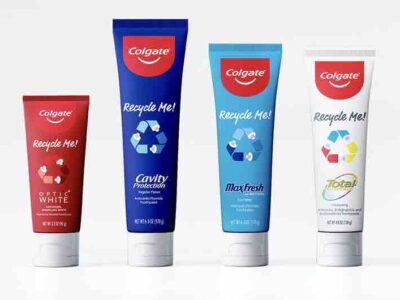The current administration has a multi-pronged strategy to promote clean energy in the United States, and one of those strategies involves multifamily housing. In May, the U.S. Department of Housing and Urban Development (HUD) announced it would commit more than $4 billion to cut greenhouse gas emissions and enhance the power and water efficiency of HUD-assisted multifamily properties serving low-income residents.
According to a press release, the new funding was made available through the 2022 Inflation Reduction Act and will be administered as part of the Green and Resilient Retrofit Program (GRRP).
HUD will get $837.5 million in grant and loan subsidy funding for the program, along with $4 billion in loan commitment authority.
An additional $42.5 million is available for a new initiative for collecting and assessing power and water usage data from HUD-assisted multifamily properties, with the aim of targeting opportunities to save energy and water, cut costs, and reduce emissions.
“Lower-income communities are often the last to obtain access to state-of-the-art efficiency, resilience, and clean energy technologies,” Julia Gordon, HUD assistant secretary for housing, said in a statement. “The Green and Resilient Retrofit Program will change this by providing communities with an opportunity to lead the multifamily sector in retrofitting homes to make them safer and more sustainable for the future.”
Photo Courtesy MHANY Management
Efforts to improve energy efficiency at affordable multifamily developments are not restricted to HUD projects. A building that opened in Brooklyn, NY, last year seeks to do the same thing by incorporating a European-style power-efficiency system.
The building, Chestnut Commons, is in the Brooklyn neighborhood of East New York. It’s a mixed-use development that includes ground-level retail space and 13 floors of affordable housing. It was built as part of the East New York Neighborhood Plan, which Bloomberg described as a “coordinated effort, led by New York City’s Department of City Planning, to responsibly develop the area.”
Chestnut Commons was developed through a partnership between the New York City Department of Housing Preservation (HPD), Housing Development Corporation (HDC), Department of City Planning (DCP), MHANY Management (MHANY), Cypress Hills Local Development Corporation (CHLDC), and Urban Builders Collaborative.
According to an October 2022 press release, the building includes 275 “permanently affordable” homes at Chestnut Commons Apartments. The homes are considered affordable to households with incomes between 20% and 80% of the Area Median Income (AMI), including 55 units designated for New Yorkers who were formerly homeless.
Photo Courtesy Chestnut Commons
One reason Chestnut Commons has drawn media attention is because it will follow international Passive House energy guidelines. Under them, buildings use advanced technology to improve ventilation, insulation, and airtightness, according to Bloomberg. They also use design solutions to reduce the amount of energy required to heat and cool them.
Among Chestnut Common’s features are solar panels and a rooftop garden to help reduce energy consumption and utility bills.
The building also has a recycling program and organic/composting program — the latter includes “a biodigester that will compost and generate fertilizer right on site for immediate use,” the press release said. Any leftover compost can be distributed to local farms and gardens.
As Bloomberg noted, Chestnut Commons is one of a handful of multifamily buildings to meet the Passive House standard in New York — and far and away the biggest. Knickerbocker Commons was the first affordable multifamily development to become Passive House-certified; it was built in 2014 and spans 35,000 square feet. In contrast, Chestnut Commons spans about 300,000 square feet.
Photo Courtesy New York Housing Conference
The fact that Chestnut Commons also meets affordable housing standards while providing needed retail space has made it a model for future developments, New York City municipal leaders say.
“Chestnut Commons combines all the aspects of healthy living — with homes for the lowest-income New Yorkers and those who formerly experienced homelessness, space for the community and small businesses, and sustainability best practices,” Mayor Eric Adams said in a statement. “This project delivers on priorities for the community in East New York, including, most importantly, hundreds of affordable homes.”





